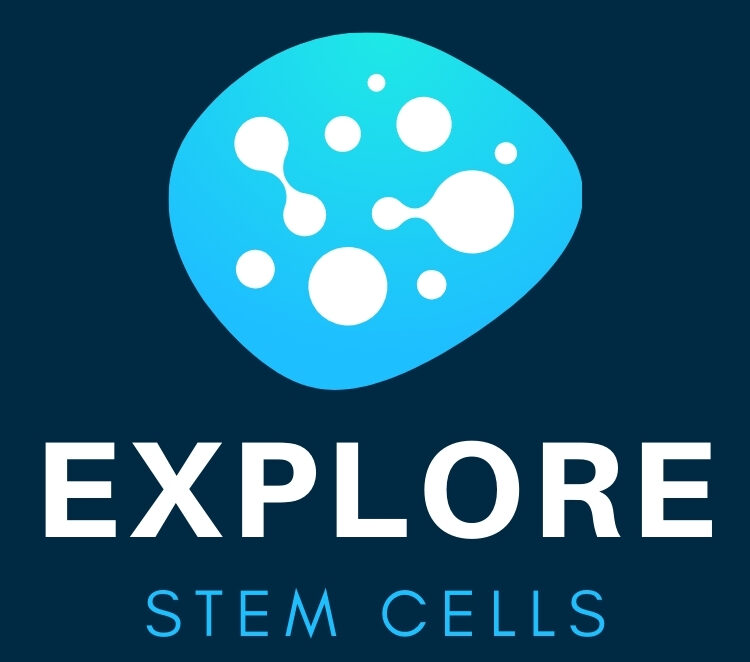Stem cells are often called ‘master cells’ because they are unspecialised cells that give rise to specialised cells in the body’s tissues and organs. Their potential to treat disease is exciting because they can thus replace diseased and dysfunctional cells with new and healthy ones. Scientists are constantly attempting to identify new sources of stem cells in hopes of better harnessing stem cell power for treating disease. One such source of stem cells is cord blood. Stem cells found in cord blood are actually important precursors to a person’s fully functioning immune system. They also differentiate into:
- White blood cells: vital for fighting infections and safeguarding the body
- Red blood cells: important for transporting oxygen to cells
- Platelets: crucial for clotting
What Exactly Is Cord Blood?
Cord blood is also known as placental blood; following birth it is the remaining blood in the umbilical cord and placenta after the cord is cut. As a matter of routine, cord blood is usually disposed of following the baby’s birth. The cord blood is, however, a valuable and promising source of stem cells.
How Do Cord Blood Stem Cells Differ From Other Stem Cells?
Cord blood cells hold advantages over other types of stem cells. Umbilical cord blood stem cells are considered the ‘freshest’ and ‘youngest’ stem cells available. They also avoid the ethical debate surrounding embryonic stem cells because cord blood cells do not involve the destruction of an embryo. In addition, cord blood stem cells hold an advantage over adult stem cells because they do not have the DNA mutations that the ‘older’ adult stem cells may have developed over time.
Another benefit of cord blood stem cells relates to a condition called graft versus host disease (GVHD). This is actually a fairly common complication that arises following a transplant that is allogeneic. Allogeneic refers to a transplant involving cells from cord blood or perhaps another family member or an unrelated donor. The consequences of GVHD can be mild or fatal. Research has shown some positive findings, however, in that following a cord blood transplant, fewer patients suffer from GVHD than those who receive other transplants such as bone marrow. Those who do suffer from GVHD after receiving a cord blood transplant tend to have milder symptoms.
What Conditions Can Cord Blood Stem Cells Treat?
Due to the ability of cord blood stem cells to differentiate into specialized cells, they hold the dramatic potential to treat an array of diseases. Some of the serious conditions that cord blood cells could treat include:
- Stroke
- Heart disease
- Alzheimer’s disease
Their potential for treating Alzheimer’s and Parkinson’s diseases is particularly promising. Cord blood stem cells can be coaxed to differentiate into neural cells, which are specialised cells that are destroyed in both diseases. Also, the ability of cord blood stem cells to proliferate and differentiate to form blood vessel cells may one day allow for successful treatment of heart disease.
Cord blood stem cells can also be used for cancer therapies, where they replenish the patient’s immune system and blood after cancer treatments such as chemotherapy. Because chemotherapy and radiation aren’t just destructive to cancer cells, but stem cells as well, the cord blood stem cells are transplanted following the cancer therapies. Stem cells then proliferate in the patient’s bone marrow and effectively supply what is essentially a new blood and immune system.
Cord Blood Stem Cells Are Not Always An Ideal Choice
Currently, there are several reasons why cord blood stem cells may not be the primary choice for transplantation therapy. One challenge is that there may be a scarcity of cells in a cord blood unit relative to the patient’s size. Cord blood stem cells also tend to take longer to grow, thereby delaying the completion of a new immune system and blood cells for the patient. The research is also just not as advanced for cord blood stem cells as for bone marrow transplantation therapy, so the potential risks may be much higher.
Doctors are trying different ways to increase the number of cells in a cord blood unit so they can use cord blood for larger patients. One method being studied is to give a patient two cord blood units. Another method being studied is to grow the required number of cells in a cord blood unit in a laboratory before giving it to the patient.
Cord blood stem cells clearly have their merits but are not always appropriate for every transplantation procedure. Continued research will hopefully yield more information to extend the benefits of cord blood stem cells to other diseases.
